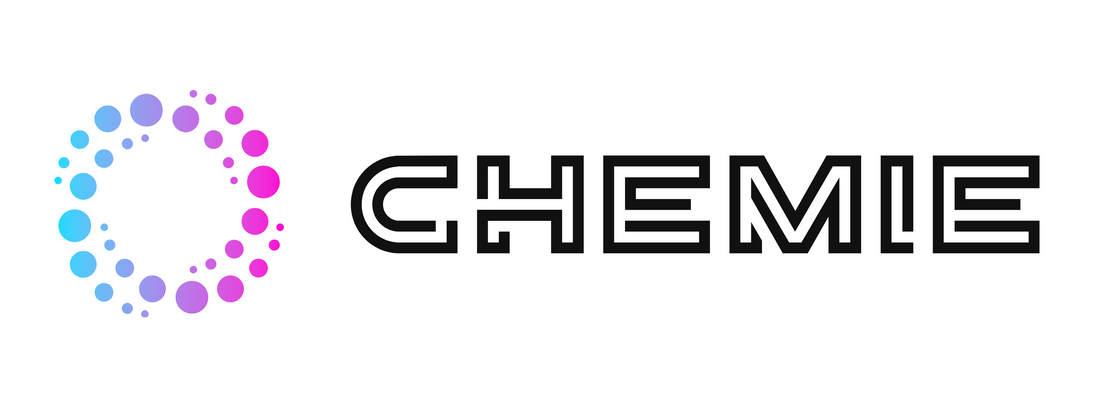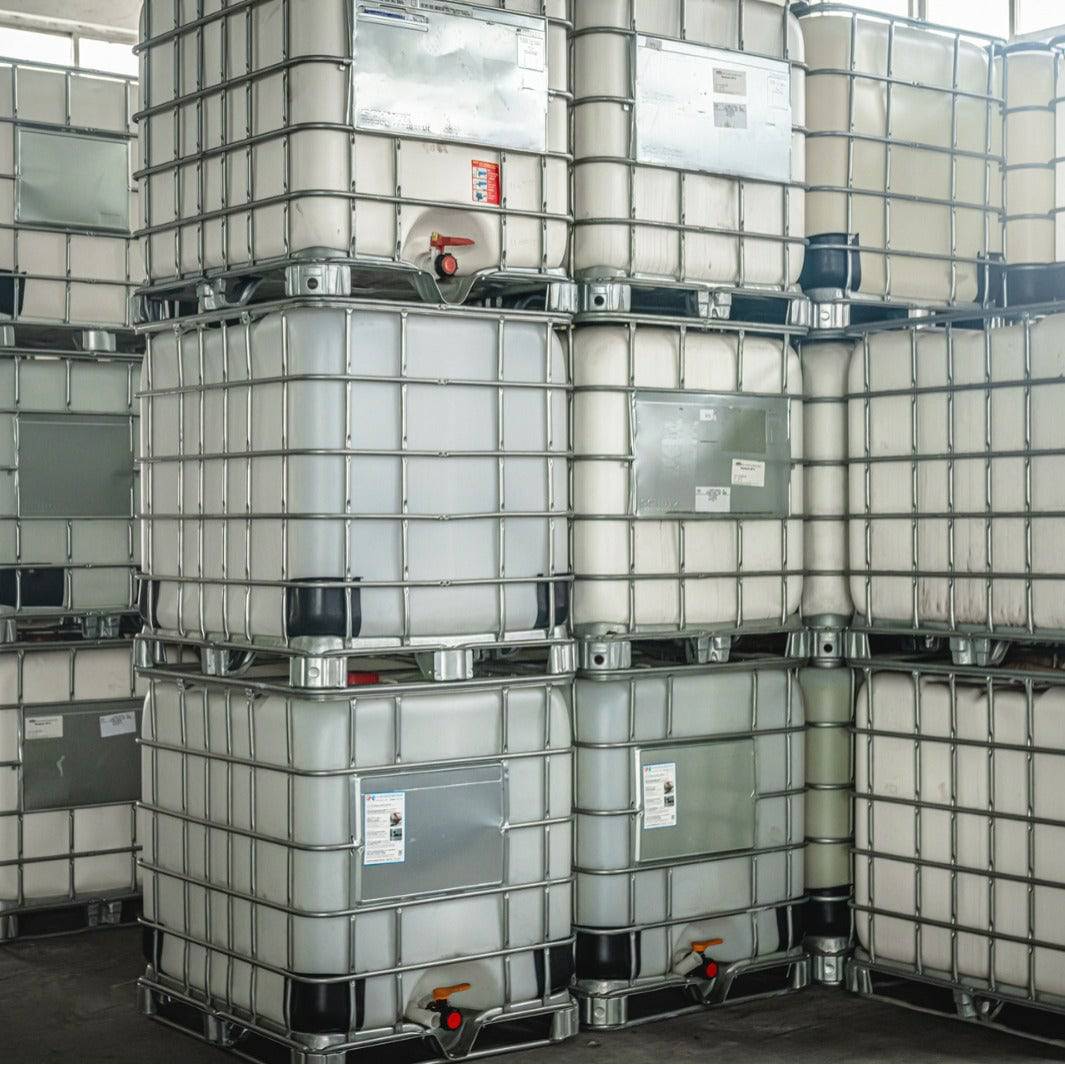See This Report about Chemie
Table of ContentsThe 10-Second Trick For Chemie5 Easy Facts About Chemie DescribedThe Of ChemieThe Best Strategy To Use For Chemie8 Easy Facts About Chemie ExplainedThe Facts About Chemie Uncovered
By Bojanna Shantheyanda, Sreya Dutta, Kevin Coscia and David SchiemerDynalene, Inc. Liquid air conditioning, which can be accomplished making use of indirect or direct ways, is made use of in electronic devices applications having thermal power thickness that may go beyond secure dissipation through air cooling. Indirect fluid cooling is where heat dissipating digital parts are literally divided from the fluid coolant, whereas in situation of direct cooling, the components remain in direct call with the coolant.However, in indirect cooling applications the electric conductivity can be important if there are leaks and/or splilling of the fluids onto the electronics. In the indirect air conditioning applications where water based liquids with rust inhibitors are generally made use of, the electric conductivity of the liquid coolant generally depends on the ion concentration in the liquid stream.
The increase in the ion concentration in a closed loop liquid stream might take place due to ion leaching from metals and nonmetal components that the coolant liquid is in call with. Throughout procedure, the electrical conductivity of the fluid might enhance to a level which might be dangerous for the cooling system.
The Ultimate Guide To Chemie
The examples were permitted to equilibrate at space temperature level for two days prior to videotaping the first electric conductivity. In all examinations reported in this research fluid electrical conductivity was determined to an accuracy of 1% utilizing an Oakton CON 510/CON 6 collection meter which was adjusted prior to each dimension.
Chemie Can Be Fun For Anyone
from the wall home heating coils to the center of the heating system. The PTFE sample containers were placed in the heater when consistent state temperature levels were gotten to. The test configuration was eliminated from the heater every 168 hours (7 days), cooled to area temperature level with the electric conductivity of the liquid gauged.
The electric conductivity of the fluid example was kept track of for a total of 5000 hours (208 days). Number 2. Schematic of the indirect closed loop cooling down experiment set-up - meg glycol. Table 1. Parts utilized in the indirect closed loophole cooling experiment that touch with the liquid coolant. A schematic of the experimental configuration is displayed in Figure 2.

7 Simple Techniques For Chemie
The adjustment in fluid electric conductivity was kept track of for 136 hours. The fluid from the Check Out Your URL system was collected and saved.

0.1 g of Dowex resin was contributed to 100g of fluid examples that was absorbed a separate container. The blend was stirred and alter in the electric conductivity at area temperature was gauged every hour. The determined change in the electric conductivity of the UP-H2O and EG-LC examination fluids having polymer or steel when immersed for 5,000 hours at 80C is revealed Number 3.
5 Easy Facts About Chemie Shown
Ion leaching experiment: Calculated change in electric conductivity of water and EG-LC coolants containing either polymer or steel examples when immersed for 5,000 hours at 80C. The results suggest that metals contributed fewer ions into the fluids than plastics in both UP-H2O and EG-LC based coolants.
Fluids consisting of polypropylene and HDPE displayed the cheapest electric conductivity adjustments. This can be as a result of the brief, rigid, direct chains which are much less likely to add ions than longer branched chains with weak intermolecular pressures. Silicone additionally performed well in both test fluids, as polysiloxanes are normally chemically inert as a result of the high bond energy of the silicon-oxygen bond which would certainly avoid deterioration of the material right into the liquid.
Getting My Chemie To Work
It would be anticipated that PVC would certainly produce comparable outcomes to those of PTFE and HDPE based on the comparable chemical structures of the materials, nevertheless there may be various other impurities present in the PVC, such as plasticizers, that may influence the electrical conductivity of the fluid - silicone synthetic oil. In addition, chloride teams in PVC can also leach right into the examination liquid and can create a rise in electrical conductivity
Polyurethane totally broke down into the test fluid by the end of 5000 hour test. Before and after photos of steel and polymer samples submersed for 5,000 hours at 80C in the ion leaching experiment.
Measured modification in the electric conductivity of UP-H2O coolant as a function of time with and without material cartridge in the shut indirect cooling loop experiment. The determined change in electric conductivity of the UP-H2O for 136 hours with and without ion exchange resin in the loop is displayed in Number 5.
Comments on “The smart Trick of Chemie That Nobody is Talking About”